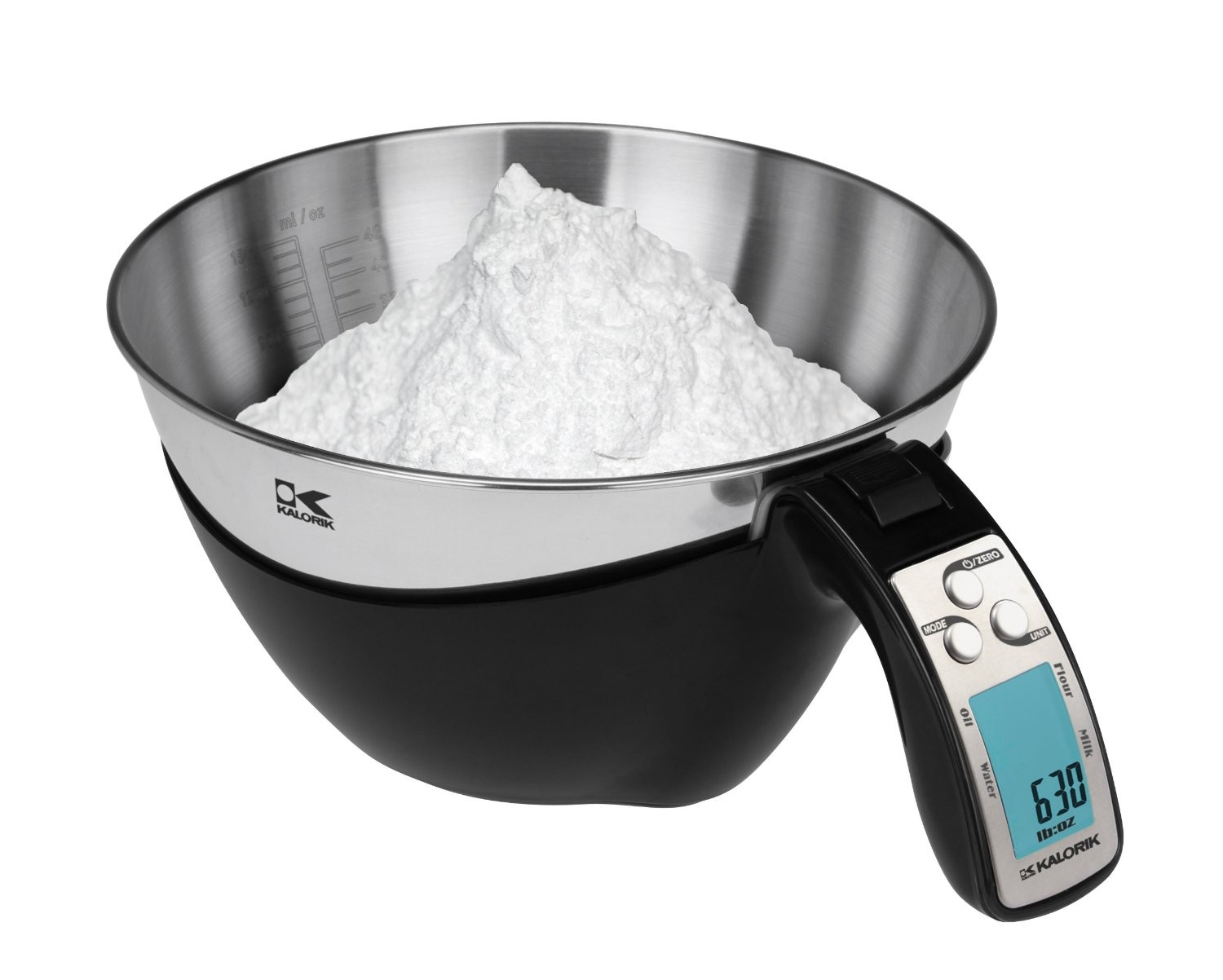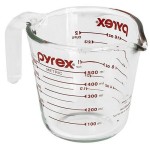Fueling the journey 1 (maltodextrin)
Fueling your journey can get expensive. The most common ingredient in most endurance gels and powders is “maltodextrin.” The cheapest bet for you is to get a 50 lb. bag. Go in with a friend or two and save LOTS of money: about $60/50 lbs. vs about $300-600/50 lbs.! 5-10 times cheaper! Shipping charges may apply, and you need to add electrolytes, and perhaps protein and flavoring, but your mix will be just as good as the overpriced ones you’ve seen. You can spend that extra cash on tires!

- maltodextrins 6-19
- syrups 20 – 91 (e.g. corn syrup like Karo)
- white granular sugar 92 – 99
- pure glucose (Dextrose) 100
Where do I get maltodextrin? honeyville grain | home brewers | industrial commodities
Flavor?
Before we get into electrolytes, water consumption, and protein, maltodextrin has little to no flavor.
Here are some flavor ideas:
- lorann oils
- capella flavor drops— they have “Creamsicle“
- nature’s flavors
- southern flavoring
- american spice powders
- faeries finest powders
- Kool Aid packs
- Fruit juices (which can add some electrolytes, and extra sugars (read the label))- “greater benefits to endurance performance may result from ingestion of 0.8- to 1.25-Ratio fructose-maltodextrin solutions“
Carb dosage? Electrolytes? Protein?
Below are findings from various sources. Don’t view them as doctrine nor Law, but as a conglomeration of theories and/or hypotheses.
Your intake of carbohydrates will vary depending on:
- fitness level
- weight
- VO2 max
- how hard you are riding
- altitude (and some say attitude)
- temperature
- how much you tend to sweat
- your food intake the previous day
- gender
- other factors
This, as you can see, is “tmi”— too much information. In other words, hire a sports nutritionist if you are that concerned about getting the “perfect” mix in relation to your VO2 max etc., otherwise, wing it like us. We hit the dart board, but a nutritionist may get closer to the bulls-eye.
A good “rule” of thumb to get you in the ballpark of your carb needs is:
- ~1 gram of glucose/kilogram of body weight/hour
- or ~up to 1.3-1.8 g glucose+fructose/kg/hr
- shoot for 1 g of maltodextrin/kg/hr
100 grams of Maltodextrin powder is monosaccharides (glucose) ~4.5%, disaccharides ~4.5%, trisaccharides ~4.5%, and higher polysaccharides ~86.5%.
Maltodextrin Drink Mix / Rider Weight / 1 Hour:
**Note how much higher this is than what you “should” consume. You won’t be able to intake what you burn without getting sick, so stick to the 1g/kg/hr consumption “rule.” If you feel bloated perhaps you are consuming too much. Knock it back a little. Keep in mind that it is really important to eat well post work-out to make up the deficit and restore lost glycogen in your muscle.
FYI for those with no scale: 1/4 cup maltodextrin = ~40 grams = 160 calories
Advice?
According to Hammer Nutrition: “Never take nutrition within 20 minutes onto the bike, or water within 10 minutes as there is a high risk of getting abdominal cramp or side stitch. Let your body get accustomed to the dramatic change in breathing and body position before drinking anything.”
- STEP 1: How much do I consume?
- determine your maltodextrin need from the table for 1 hour
- multiply: 1 hour maltodextrin need per your weight x hours you plan to ride = your caloric need supplied by maltodextrin for the time you indicated
- convert minutes to hours: #minutes divided by 60 = 0.hours in decimal form (e.g. 0.85)
- or if you know how far you plan to ride: miles/average speed in miles/hr = hours.hours in decimal form (e.g. 1.85)
- example, no protein added:
- weight 160
- from table: 73 gram maltodextrin need/hr
- plan to ride 20 miles at ~7 mi/hr…20/7 = 2.85 hours
- 73 g/hr maltodextrin x 2.85 hr = 208 grams of maltodextrin
- example, if protein is added:
- weight 160
- from table: 73 gram maltodextrin need/hr
- from table: 11 gram protein need*/hr
- important: rather than just add the two together, first subtract:
- since you are adding 11 g protein, subtract 11 g from maltodextrin (this only works because each of them are 4 cal/gram)
- 73 g -11 g= 62 grams of maltodextrin
- plan to ride 20 miles at ~7 mi/hr…20/7 = 2.85 hours
- 11 g/hr protein x 2.85 hr = 31 grams of protein
- 62 g/hr maltodextrin x 2. 85 hr= 177 grams maltodextrin
- STEP 2: How do I spread out the dose for my ride?
- example:
- from the information above the 160 lb rider needs 208 grams of maltodextrin for 2.85 hours
- how do they consume 208 grams in that time?
- this is getting silly, but here we go:
- mark and measure your water bottle with 1 oz (or mL) increments
- add the 208 grams of maltodextrin to one or two bottles– it is highlty soluble
- add water (assuming 1 bottle and 20 oz for the next step)
- how many oz will have the rider’s 73 g/hr need?:
- 20 oz for entire trip/ 208 g malto entire trip = ? oz in hour needed /73 gram malto in hour needed…20×73/208= 7 ounces per hour will give the rider his 73 grams/hr
- drink 7 ounces over an hour = 7 oz / 60 min = 0.1166 oz /minute. This rate is not going to happen, so multiply by 15 minutes…0.1166oz/minx15min= 1.75 ounces (double check the math: 1.75 x 4 = 7…the four being 4 15 minute intervals)
- FINALLY: so the 160 pound rider that wants to ride for 2.85 hours needs to put 208 oz in is bottle with 20 oz of water and drink 1.75 ounces every 15 minutes.
- math is fun
- example:
*Protein
The theories are abundant and variable in regards to protein needs on a ride. Just look at different manufactures’ carb to protein ratios in their mixes: anywhere from 4:1 to 10:1, or no protein at all. Therefore, we don’t know if this is science as much as sales fluff. Suffice it to say, that if you are doing a long ride, bring some protein, but you could probably do without it if its under a four hour ride.
Your body will begin to eat itself if you don’t feed it enough carbohydrates. It will start catabolizing muscle tissue if you push too hard or too long without sufficient fuel. The maltodextrin will help slow this down. So will the intensity at which you are riding.
What type of protein is best? Metabolizing whey, which typically has glutamine, will produce more ammonia than you already are while riding, so stick to soy. However, some people get bloated from soy. All in all, you could probably do without the protein until your done riding unless you’re doing a really long ride (4 or more hours). We can’t tell you why, but it just feels better to eat something real as well on longer rides. Maltodextrin alone just doesn’t cut it (for us anyway).
Electrolytes
The primary electrolytes we need for a ride: sodium, chloride, potassium, magnesium, and calcium
Unlike protein, which is debatable, you have to consume electrolytes during a ride! Like carbs, however, how much is a function of multiple factors (the first list above on this page).
Add an electrolyte mix to your maltodextrin, eat them in separate capsules, or eat some food with electrolytes. If your really desperate, or in a pinch, as weird as this sounds, you can always lick your own sweat and/or the salt crystals that accumulated where your sweat evaporated.
How much?
This depends on your sweat (and respiration) rate:
- weigh yourself before and after riding/running for an hour or more
- each pound lost is ~2 cups of fluid (16 oz or ~240 mL)
- individual concentrations of electrolyte loss will vary widely
- in general, one pound of sweat is ~ +/-90 mg of potassium, and +/-550 mg of sodium
- according to SaltStick® 315 mL or 11 oz of sweat is 220 mg Sodium, 63 mg Potassium, 8 mg Magnesium, and 16 mg Calcium
The table below can help you decide what electrolytes to consume, but you’ll have to do the math yourself after your water-loss experiment. Don’t forget to add back the weight of any water you consume, vomit, or excrete, during the test. Measure carefully.
Water
- Drink 20-24 fl oz water for every 1 lb lost (per your electrolyte experiment above)
- Do this during the different temperatures to get different intake amounts
- Repeating this test five times or more will result in a more accurate number for your needs
| Sodium (mg) | Potassium (mg) | Magnesium (mg) | Calcium (mg) | ||
| ^Sweat (315mL = 11 oz) | 220 | 63 | 8 | 16 | |
| Product- Per Capsule or Powder | Capsule Material | ||||
| SaltStick® Caps | 215 | 63 | 11 | 22 | Vegetable |
| SaltStick® Caps Plus* | 190 | 53 | 7 | 14 | Vegetable |
| elete tablytes™ | 150 | 95 | 30 | 40 | Tablet |
| eload Zone™ | 43 | 14 | 9 | 5 | Animal |
| Emergen-C™ 8.8g | 60 | 200 | 60 | 50 | Powder packet |
| Endurolytes™ | 40 | 25 | 25 | 50 | Vegetable |
| Enlyten™ | 13 | 3 | 0 | 0 | Strips |
| Gastrolyte™ | 250 | 156 | 0 | 0 | Powder packet |
| Lava Salt™ | 158 | 16 | 1 | 0 | Animal |
| Nuun™ | 360 | 100 | 25 | 13 | Tablet |
| SportLegs™ | 0 | 0 | 22 | 44 | Vegetable |
| Succeed™ | 341 | 21 | 0 | 0 | Ani or Veg |
| Sustain™ | 86 | 8 | 0 | 0 | Tablet |
| The Right Stuff™ | 1625 | 0 | 0 | 0 | Liquid |
| Thermolyte™ | 150 | 43 | 6 | 13 | Animal |
| Thermotabs™ | 180 | 15 | 0 | 0 | Tablet |
| Gatorade Endurance™ | 200 | 90 | 6 | 3 | Drink |
| Gatorade Original™ | 110 | 30 | 0 | 0 | Drink |
| Welch’s Grape Juice™ | 15 | 210 | 22 | 25 | Drink |
- Table source: http://www.saltstick.com/products/sscaps/ccompetitors.htm
- Numbers represent milligrams per capsule or tablet. Drink mix is per 8oz or ~230mL
- ^this rate is ballpark for “average” athletes
- * Contains 30 mg caffeine and 810 mg sodium citrate
- Suggested serving size is 1-4 capsules, depending on the product.
sources:
usda-dietary reference intakes
firstendurance– calories per hour
hanmmer nutrition- caloric intake
sportsmedicine about- nutrition
And other sources
Fueling the journey 2 (other means)
GUTM vs. raisins or bananas link: 3.5 ounces of raisins is 272 calories vs. 100 from GUTM, a banana about 72 calories, and the whole foods are a lot cheaper; also a Power BarTM of a pb & j sandwich…you decide, but both give you about the same bang (wrap it in tin foil…pb and banana is an option as well)
“Cocaine Bars” source
- 1 cup Sesame seeds
- 2 cups Almond meals
- 4 cups Rolled oats
- 1 cup Pine nuts
- 1 cup Pumpkin seeds
- 1 cup brown sugar
- 1 cup Currents
- 1 cup Cranberries
- 1 cup Apricots
- 1 cup Figs Favorite
- Jam 500g jar
- ½ cup Honey
- 250g Butter
- 4 table spoons Cinnamon
- Preheat over at 180°C / 350°F
- Combine dried ingredients in a big bowl.
- Place mixed dried ingredients in a food processor and process until combined dried ingredients become size of small sands or couscous in size.
- Melt butter in a sauce pan on medium heat then add honey, jam and cinnamon.
- Mix thoroughly then remove from heat.
- Combine wet ingredients with processed dried ingredients.
- Place mixtures in a lined baking tin with baking paper.
- Lightly press mixtures down with a wooden spoon or clean hand.
- Bake in over for 30 minutes or until golden brown.
- Allow cake to cool then cut into bars and wrap individual bar in tin foil.
- Note: You can substitute or change any of the above ingredients with our own favorites.
- substiute butter with Earth BalanceTM or grapeseed oil
- cut the almond meal in half or substitute the pine w/ almonds and walnut
- try other syrups instead of jelly, but the jelly supposedly makes them easier to eat (I have heard recently of brown rice syrups containg cyanide)
- add or use maltodextrin instead of jelly (amount?)
No-Bake CliFF Bar source
makes ~6 almond-cherry energy bars
- 1 and 1/4 cups of Rice Krispies
- 1 cup of uncooked quick-cooking oats
- 3 tablespoons of ground flaxseed meal
- 1/4 cup of finely chopped dried cherries
- 1/4 cup of finely chopped roasted almonds
- 1/4 cup of brown rice syrup
- 2 tablespoons of dark brown sugar
- 1/3 cup of almond butter
- 1 teaspoon of vanilla extract
- 1/4 teaspoon of almond extract
- In a large mixing bowl, combine the Rice Krispies, quick-cooking oats, flaxseed meal, dried tart cherries, and chopped almonds.
- Combine the rice syrup and dark brown sugar in a saucepan and bring it to a boil over medium heat.
- You will want to stir the mixture the entire time, it will only take around a minute to boil.
- Remove the saucepan from the heat and stir in the almond butter, vanilla extract, and almond extract until your mixture is blended.
- Pour the liquid mixture over the dry mixture, and stir until evenly coated.
- As the liquid cools, the mixture will become stiff. I used my hands to combine the mixture, like kneading bread.
- Spray an 8-inch square pan with nonstick cooking spray and press the mixture into the pan.
- Use wax paper to help press the mixture flat and even across the pan.
- Allow the pan to cool for about an hour and cut into 6 hearty-sized energy bars.
This page is not doctrine nor Law, but a conglomeration of theories and/or hypotheses on fueling yourself during a ride, run, or strenuous hike. Have fun.


